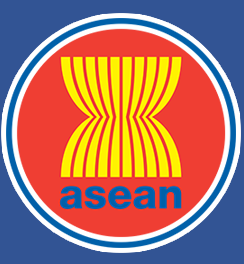ASEAN Journal on Science and Technology for Development
Abstract
Rice husks were combined with unsaturated polyester resin, synthesized from glycolysed product of poly (ethylene terephthalate) (PET) waste to form rice husk (RH)/polyester composites. PET from post-consumer soft drink bottles was recycled through glycolysis, followed by polyesterified with maleic anhydride and then cross-linked with styrene to producea formulation for the resin. Characterizations of the synthesized resin were performed byhydroxyl, acid values and Fourier Transform InfraRed (FTIR) techniques. The effect of filler loading and surface modification of rice husks on the mechanical properties of the composites were also investigated. It has been observed that the increasing filler loading resulted in reduction of tensile strength, elongation at break and impact strength but increased tensilemodulus and hardness. At similar filler loading, alkalized filler composites have higher mechanical properties.
Publication Date
11-11-2017
Recommended Citation
I., Ahmad; R., Abu Bakar D.; N., Mokhilas S.; and A, Ramli
(2017)
"RECYCLED PET FOR RICE HUSK/POLYESTER COMPOSITES,"
ASEAN Journal on Science and Technology for Development: Vol. 22:
No.
4, Article 4.
DOI: https://doi.org/10.29037/ajstd.170
Available at:
https://ajstd.ubd.edu.bn/journal/vol22/iss4/4

